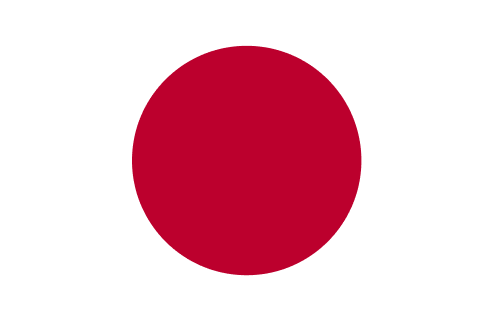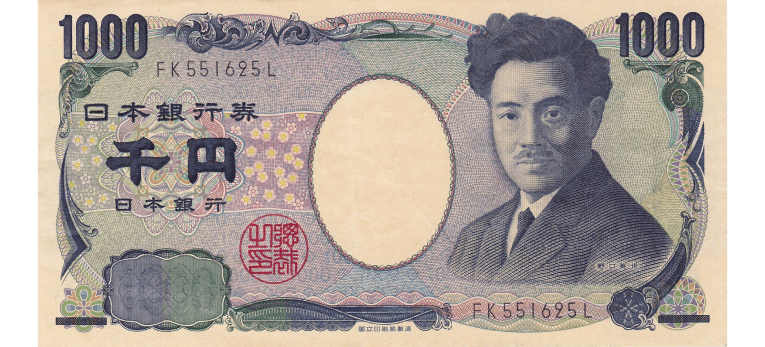Introduce país o moneda de destino:



El yen es la moneda oficial de Japón. Su símbolo es ¥. Se implementó en 1871, con la llegada del gobierno Meiji, y remplazó al mon, una moneda de cobre de la era Tokugawa. El yen convivió con el sen y el rin, otras dos monedas, hasta 1953.

Tan solo hay cuatro billetes de yen japonés: de 1000, 2000, 5000 y 10000 JPY. En la parte frontal, todos salvo el de dos mil representan a personas ilustres del país. En la trasera, hay representaciones artísticas, literarias y arquitectónicas de gran relevancia.

Actualmente, las monedas de yen japonés son de 1, 5, 10, 50, 100 y 500 JPY. Tanto la de 5 como la de 50 yenes tienen un agujero en el centro. Todas están hechas con un porcentaje variable de cinco minerales presentes en el país: aluminio, cobre, zinc, níquel y estaño.

Realmente, la palabra «yen» se pronuncia «en» en japonés, ya que el sonido de la i griega no existe en este idioma. Sin embargo, hemos conservado la grafía y la pronunciación de esta letra por la influencia de los misioneros portugueses que llegaron al país en la era Meiji.

La imagen del reverso del billete de 5000 yenes es del cuadro «Las Flores de Kakitsubata», de Ōgata Kōrin. Este artista nipón es el responsable del imaginario colectivo creado mundialmente con respecto al arte japonés, pues pintaba flores, dioses y animales mitológicos.




*Los billetes y monedas corresponden a la serie emitida más nueva y son de referencia. Pueden variar los colores y pueden existir más diseños de los que se muestran.